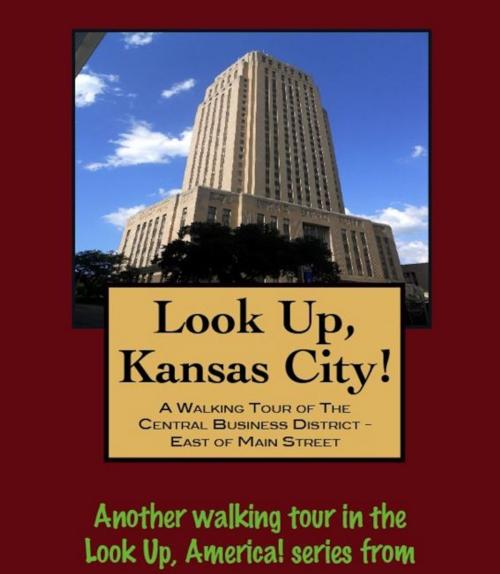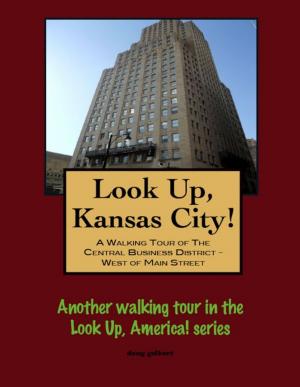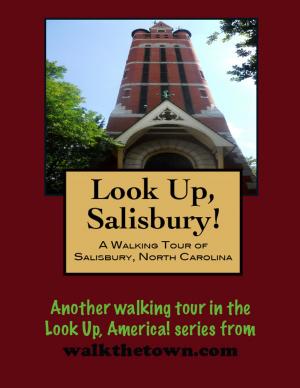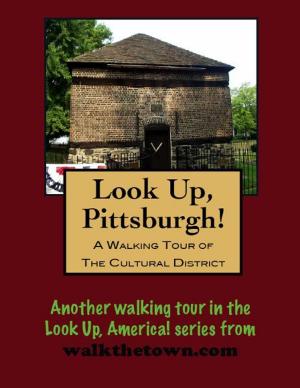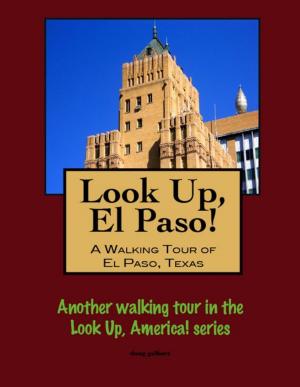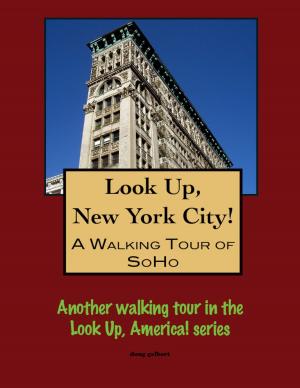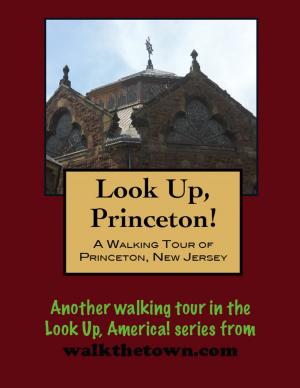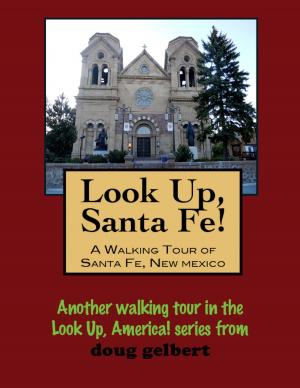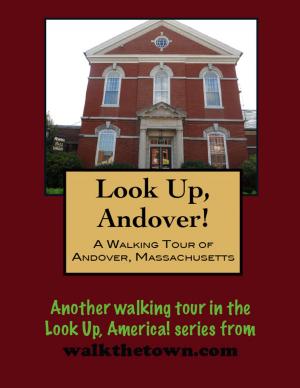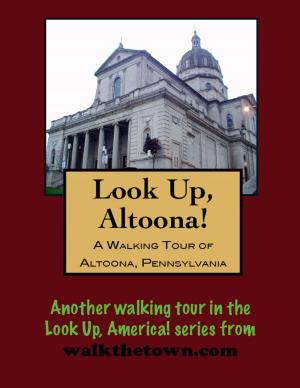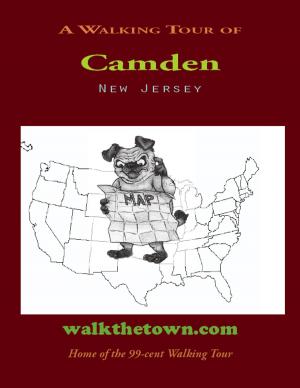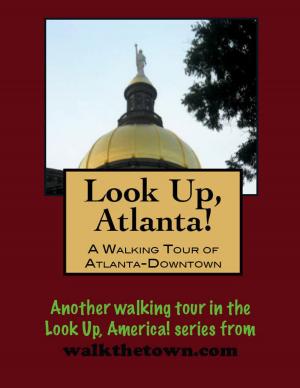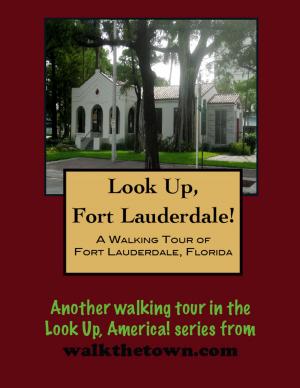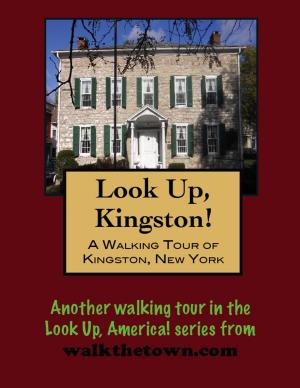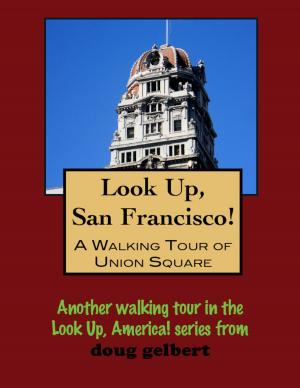Look Up, Kansas City! A Walking Tour of The Central Business District: East of Main Street
Nonfiction, Travel, History, Americas| Author: | Doug Gelbert | ISBN: | 9781301166558 |
| Publisher: | Doug Gelbert | Publication: | September 29, 2012 |
| Imprint: | Smashwords Edition | Language: | English |
| Author: | Doug Gelbert |
| ISBN: | 9781301166558 |
| Publisher: | Doug Gelbert |
| Publication: | September 29, 2012 |
| Imprint: | Smashwords Edition |
| Language: | English |
There is no better way to see America than on foot. And there is no better way to appreciate what you are looking at than with a walking tour. Whether you are preparing for a road trip or just out to look at your own town in a new way, a downloadable walking tour is ready to explore when you are.
Each walking tour describes historical and architectural landmarks and provides pictures to help out when those pesky street addresses are missing. Every tour also includes a quick primer on identifying architectural styles seen on American streets.
Where the mighty Missouri River makes a sharp bend to the north early settlers wishing to travel overland westward landed their boats and disembarked. And it was this quirk of geography that led to the founding of the “Town of Kansas” in 1838. It vied with the nearby settlements of Independence and Westport and Leavenworth as the jumping off point for travelers on the Oregon Trail and the Santa Fe Trail and the California Trail.
The tussling for supremacy among western Missouri frontier towns was decided in 1867 when the Hannibal & St. Joseph Railroad picked Kansas City instead of Leavenworth as the place to build the first bridge across the Missouri River. The Hannibal Bridge established Kansas City as the “Crossroads of the Country.” Leavenworth was twice as big as Kansas City at the time; today its population is about 35,000 while new railroad center Kansas City went on to annex Westport and become a major league American metropolis.
The first stockyards were constructed by the new rail line in 1871 and Kansas City would become second only to Chicago in processing meat. No city would handle more horses and mules. No city would ship more hay and grain than Kansas City.
Kansas City boomtown money attracted the country’s best architectural talent. The influential New York firm of McKim, Mead and White won several commissions in town in the late 1800s; big name Chicago designers like Jarvis Hunt came to Kansas City in the early 1900s to build alongside respected locals like Hoit, Price & Barnes; and Frank Lloyd Wright designed three buildings here. As a result Kansas City is well-represented on compilation lists of great American buildings.
The area east of Main Street developed as the town’s financial district around the establishment of the Federal Reserve in 1914 and then came important pockets of retailing but since 1930 the area has been defined as the Government District with the arrival of America’s tallest city hall where we will begin our walking tour...
There is no better way to see America than on foot. And there is no better way to appreciate what you are looking at than with a walking tour. Whether you are preparing for a road trip or just out to look at your own town in a new way, a downloadable walking tour is ready to explore when you are.
Each walking tour describes historical and architectural landmarks and provides pictures to help out when those pesky street addresses are missing. Every tour also includes a quick primer on identifying architectural styles seen on American streets.
Where the mighty Missouri River makes a sharp bend to the north early settlers wishing to travel overland westward landed their boats and disembarked. And it was this quirk of geography that led to the founding of the “Town of Kansas” in 1838. It vied with the nearby settlements of Independence and Westport and Leavenworth as the jumping off point for travelers on the Oregon Trail and the Santa Fe Trail and the California Trail.
The tussling for supremacy among western Missouri frontier towns was decided in 1867 when the Hannibal & St. Joseph Railroad picked Kansas City instead of Leavenworth as the place to build the first bridge across the Missouri River. The Hannibal Bridge established Kansas City as the “Crossroads of the Country.” Leavenworth was twice as big as Kansas City at the time; today its population is about 35,000 while new railroad center Kansas City went on to annex Westport and become a major league American metropolis.
The first stockyards were constructed by the new rail line in 1871 and Kansas City would become second only to Chicago in processing meat. No city would handle more horses and mules. No city would ship more hay and grain than Kansas City.
Kansas City boomtown money attracted the country’s best architectural talent. The influential New York firm of McKim, Mead and White won several commissions in town in the late 1800s; big name Chicago designers like Jarvis Hunt came to Kansas City in the early 1900s to build alongside respected locals like Hoit, Price & Barnes; and Frank Lloyd Wright designed three buildings here. As a result Kansas City is well-represented on compilation lists of great American buildings.
The area east of Main Street developed as the town’s financial district around the establishment of the Federal Reserve in 1914 and then came important pockets of retailing but since 1930 the area has been defined as the Government District with the arrival of America’s tallest city hall where we will begin our walking tour...
